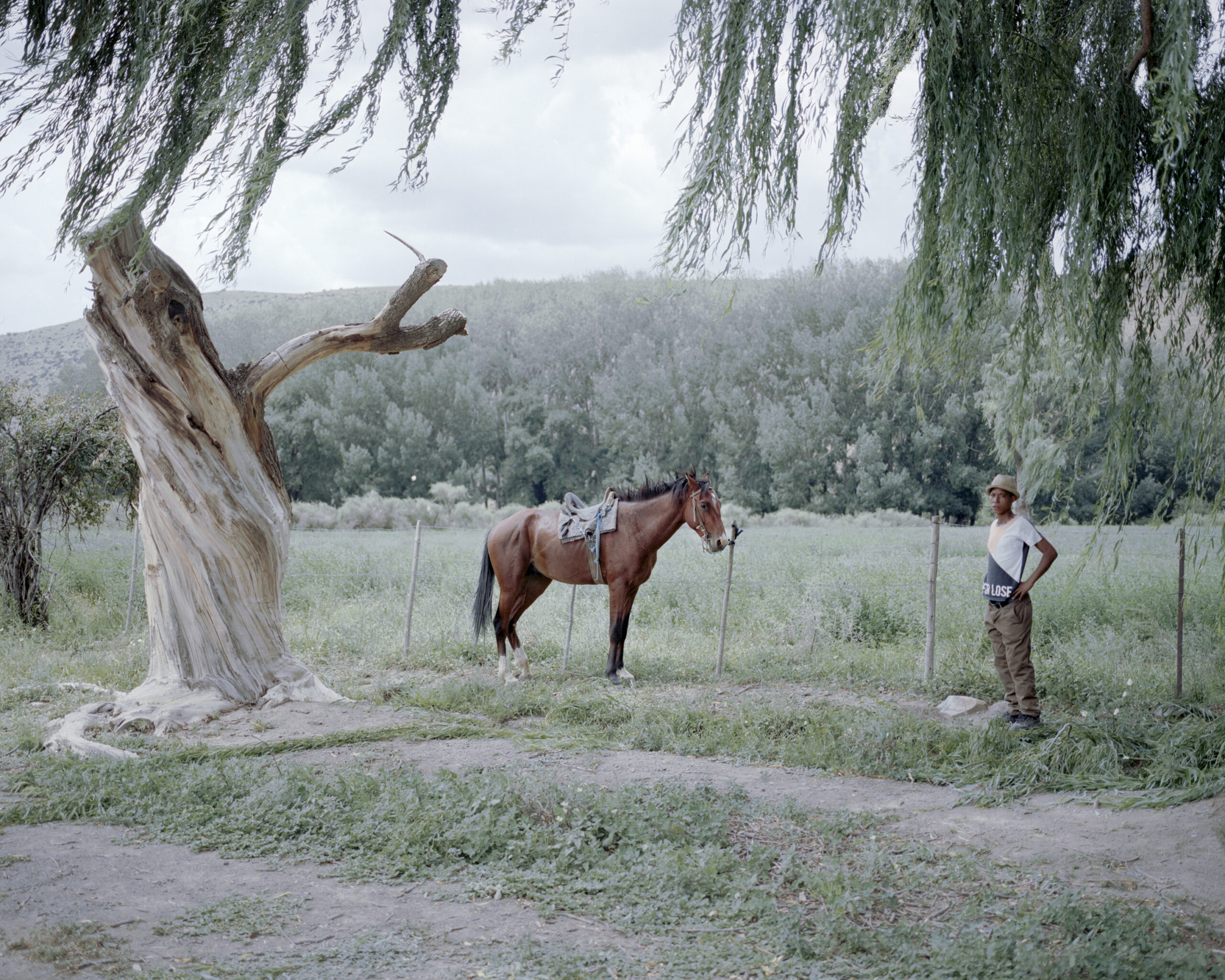Seconded By: Vladimir Karamazov
The Great Karoo, or land of thirst, is a semi-desert natural region in South Africa with no apparent clear boundaries. It formed an impenetrable barrier to the interior for the Europeans settlers, a frightening place of great heat, frosts, floods, and droughts: a “Place of Great Dryness”.
“This story sounds a bit unbelievable, but it happened a very long time ago. It happened before there were towns like Graff-Reinet or Nieu-Bethesda. Before there were farms and permanent settlements. It happened when people were the intruders and the land belonged to the wild.”
The Karoo, a haunting, biblical landscape that seems sweeping on forever. Geographically and psychologically at the heart of country, South Africa’s troubled history emerges here in an atlas of places and stories tied together by the ephemeral, the wild, the unknown. A space frozen in time where the boundary of reality intertwines with magic, a time for dreamers and loners.
Through kilometres of dry land, the signs of apartheid are still tangible: isolated township, white land ownership funded by cheap labour hosted in cheap housing. Racial isolation, land inequality and discriminatory power structures are the foundation of the South African farming heaven.
In Graff-Reinet Johan is sporting a hippie like Mona Lisa t-shirt while making his way through the thick path of his succulent nursery, one of the biggest in the world. Once a criminal lawyer dispatched to the Karoo to defend freedom fighters, the tall of a life passed side by side with vicious crimes made him cut tie with the world. Waiting to abandon even more, leaving behind even his last possessions and yearning for the day the man who inhabits the house he bought in Nieu-Bethesda would die.
In Victoria West, packs of nervous amateur players sweep like locusts a dry golf course where motor oil is poured around holes to make the putting green, wide black circles in the scorched earth. Out of town, actual swarms of locusts thicken the air, “they were told not to harm the grass of the earth or any green plant or any tree, but only those people who do not have the seal of God on their foreheads”.
In Nieu-Bethesda, a feared God shines out of the biblical sculpted world of Helen Martin, who devoted her last thirty years converting her family home into a unique fantasy, which she named the Owl House. Black inked tattoos peek out from the earth-colored shirt Joy is wearing while wondering outside her shack on the outskirt of town, so like Helen Martins’ creatures but made armful by the young woman bright, vivid eyes.
In Oudtshoorn, two children walk barefoot a barbed fence to cross a flooded road that brings them back to the township. The township shares the land and the ghosts with a cemetery, calmly laid down on a sloped terrain. Few kilometers away, tall ostriches’ heads pop from fences encasing the land.
In Britstown, massive trucks swipe the main road lifting dust as the sun sets on a dark blue sky. Kids run next to 3 meters tall agaves, encasing dry backyards. Dim red lights illuminate run down houses guarded by stray dogs. People wonder the roads, long shadows on the setting night. In the morning, a single ray of light hit a worker repainting the church back wall. Geometrical carpet, wooden benches, a flowered tablecloth cover a table full of coffee cup by the entrance. A white man instructs the worker, khaki shorts, beige shirt, long facial hairs covering his neck. God is liefde. Outside the church, an old, tired man sits under the arched portico of a blue house, the paint is crumbling. The sun can’t find a way through the clouds, the light is like a thick creamy blanket, slowing life to its bare minimum.
Ballads from the End of the Desert is a visual exploration of this biblical land at the heart of South Africa.

A Voortrekker monument outside Graaff-Reinet, Karoo; February 2021. Die Groot Trek – Afrikaans for “the Great Trek” – it is the name of the mass migration of Dutch-speaking inhabitants of the British-run Cape Colony, who left the Cape and travelled eastward by wagon train into the interior of the continent through the Karoo region in order to live beyond the reach of the British colonial administration. The ones who took part in the Great Trek identified themselves as voortrekkers – “pioneers”.










